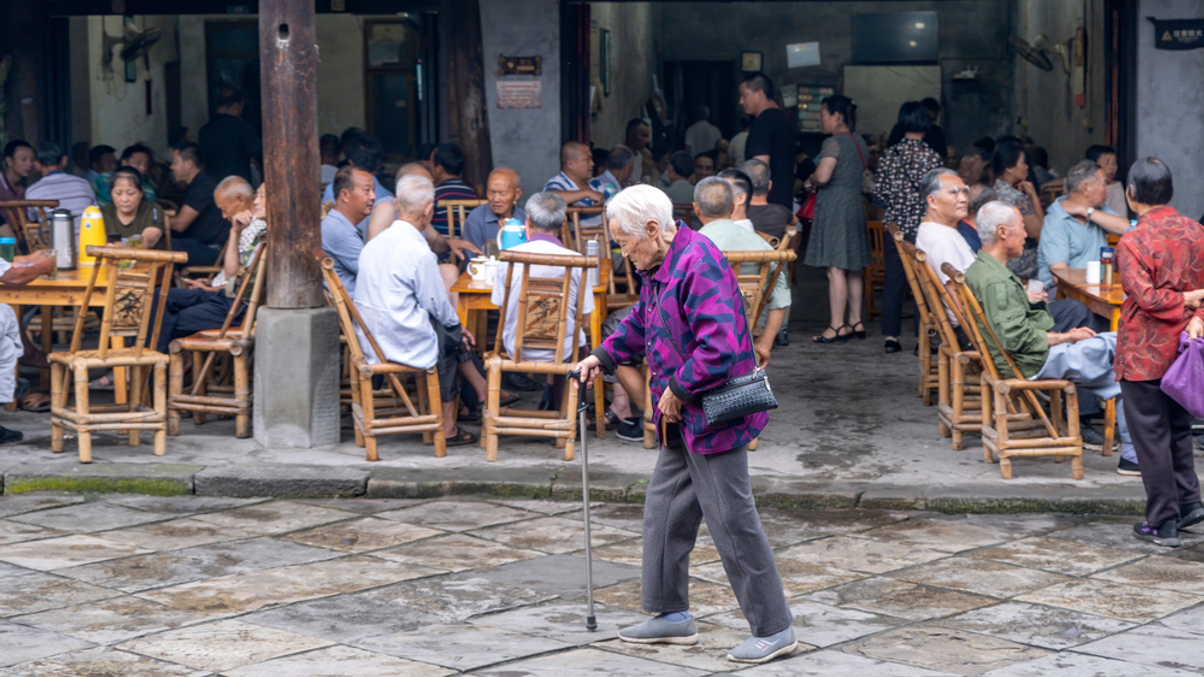Manulife HK CEO: Asia fuels 'immense opportunities' for insurers
Rising demand for healthcare and retirement solutions presents an attractive opportunity for insurers.

Aging populations present substantial growth opportunities for the insurance industry in Asia Pacific, particularly in North Asia and Greater China, according to Manulife (International) Chief Executive Officer Patrick Graham, who oversees the insurer's business across Hong Kong and Macau.
Sign In to Your Account
Access Exclusive AsianInvestor Content!
Please sign in to your subscription to unlock full access to our premium AI resources.
Free Registration & 7-Day Trial
Register now to enjoy a 7-day free trial—no registration fees required. Click the link to get started.
Note: This free trial is a one-time offer.
¬ Haymarket Media Limited. All rights reserved.


